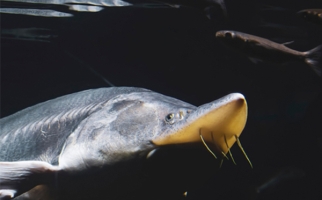
Conserving British Columbia’s White Sturgeon
Backgrounders
Learn about British Columbia’s White Sturgeon and some of the ways people are working to preserve their habitat.

Winston Campeau
Career Profiles
Researcher - Evolutionary Processes
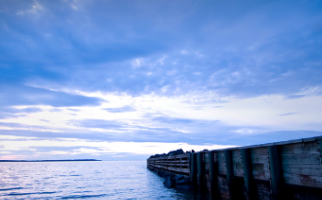
Let's Talk Great Lakes Resources
Backgrounders
Discover a set of resources designed to give you good background knowledge on all things Great Lakes!
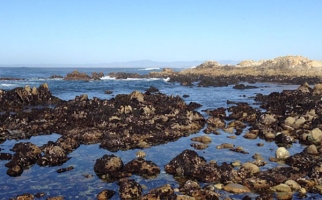
Diversity of Canada’s Marine Coastal Habitats
Backgrounders
Learn about the plants and animals in Canada’s marine coastal habitats, and what you can do to protect them.

Ashley Noseworthy
Career Profiles
CEO/Founder of Edgewise Environmental
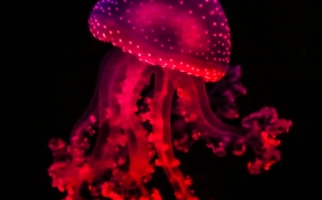
Life in the Deep Sea
Backgrounders
Learn about the unique creatures that live in deep sea ecosystems.
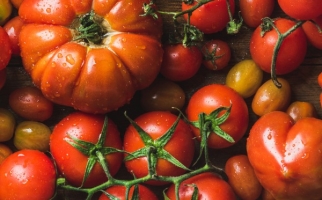
Tomato Taxonomy
Backgrounders
A look at the taxonomic classification of the tomato plant and the origin, history and development of tomatoes.

Query a Career Profile
Lessons
Students will explore career profiles and relate them to what they are learning in science class.
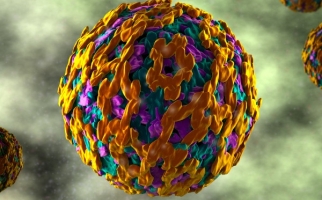
Where Did Viruses Come From?
STEM Explained
Viruses are not living things - so where did they come from? Scientists have proposed three different hypotheses.
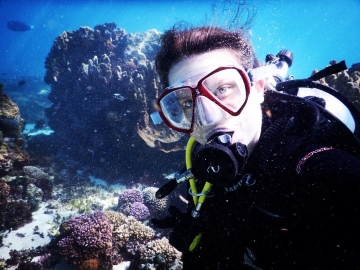
Kara Layton
Postdoctoral Fellow

Plant Taxonomy
Backgrounders
Learn about the categories, or phylum, of the plant kingdom with examples from each.

Introduction to the Fish Market Survey
Lessons
In this introductory activity, students will read two articles about the issue of fish mislabelling and complete two graphic organizers to identify the issue, its implications and possible solutions. They will complete the organizers individually and in pairs, and then discuss the results with the whole class.
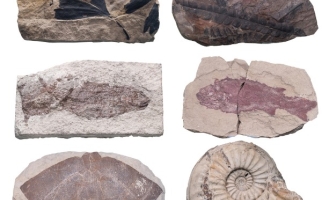
Why Scientists Believe in Evolution
STEM Explained
Scientists have accumulated so much evidence in the theory of evolution that it is one of the most widely-accepted theories in science.
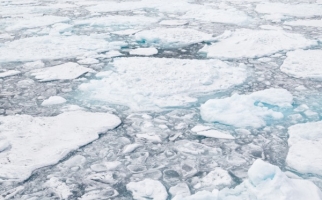
Why Don't Fish Freeze in Cold Arctic Waters?
STEM Explained
Ever wonder how fish survive in the cold waters of the Arctic and Antarctic? It’s partly because of a brilliant evolutionary adaptation.

Vegetables
Picture Collections
14 images of some plants such as carrots, cabbage and leeks whose roots, stems or leaves are used for food